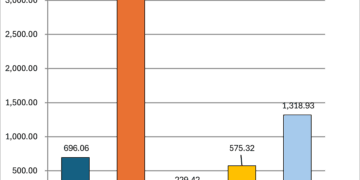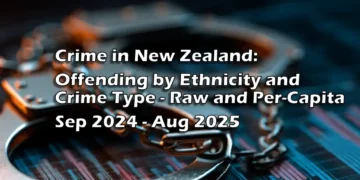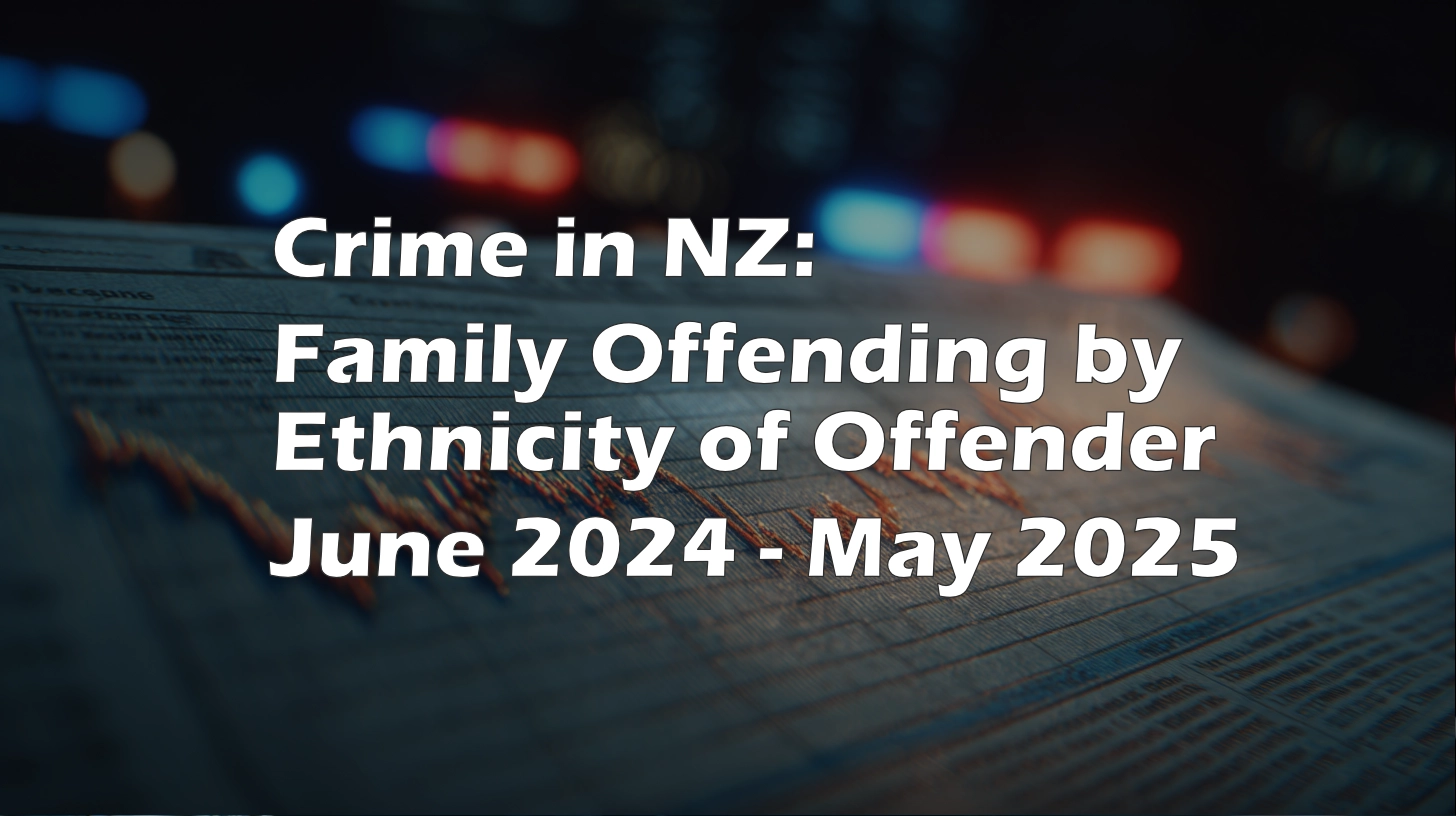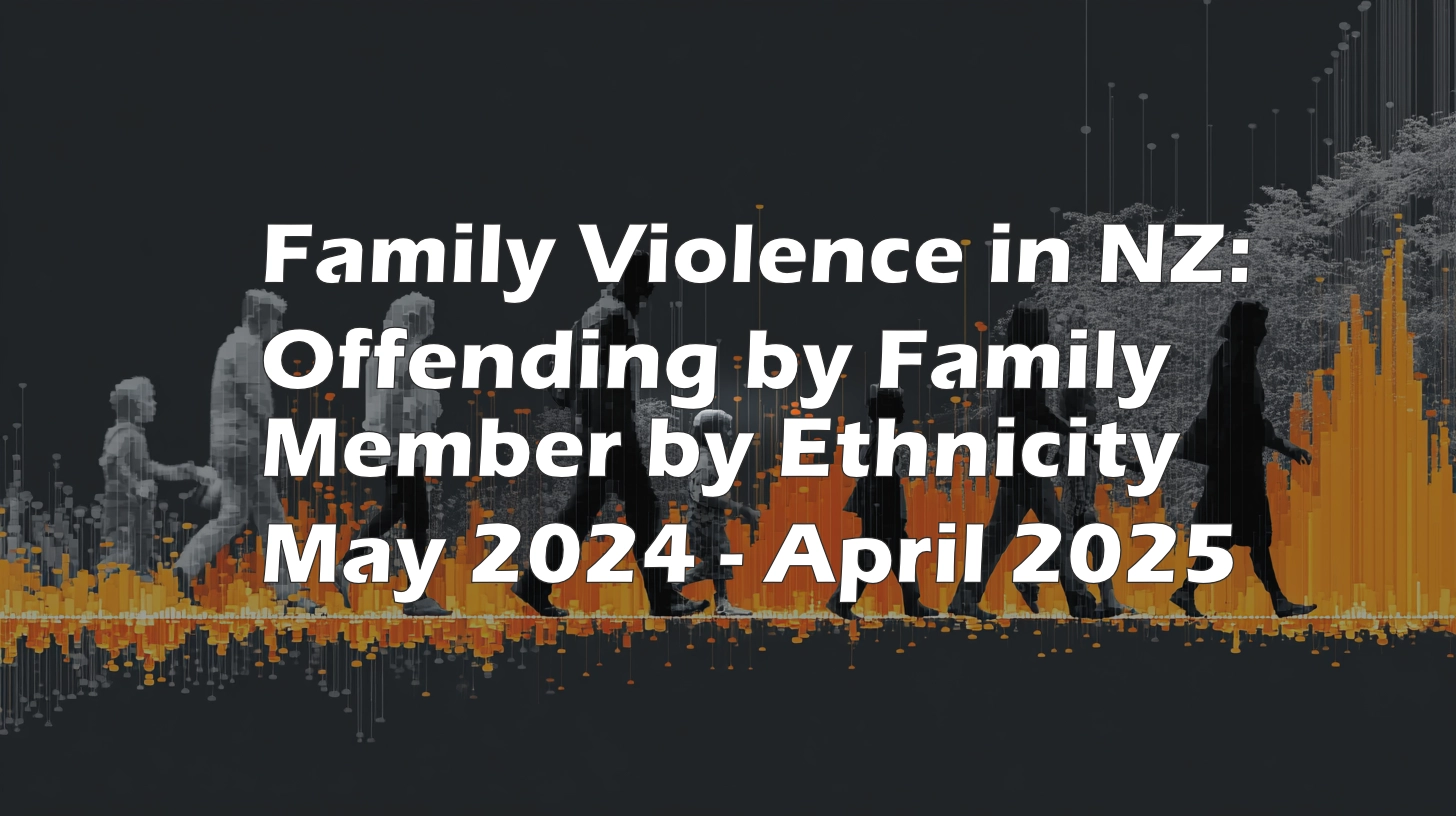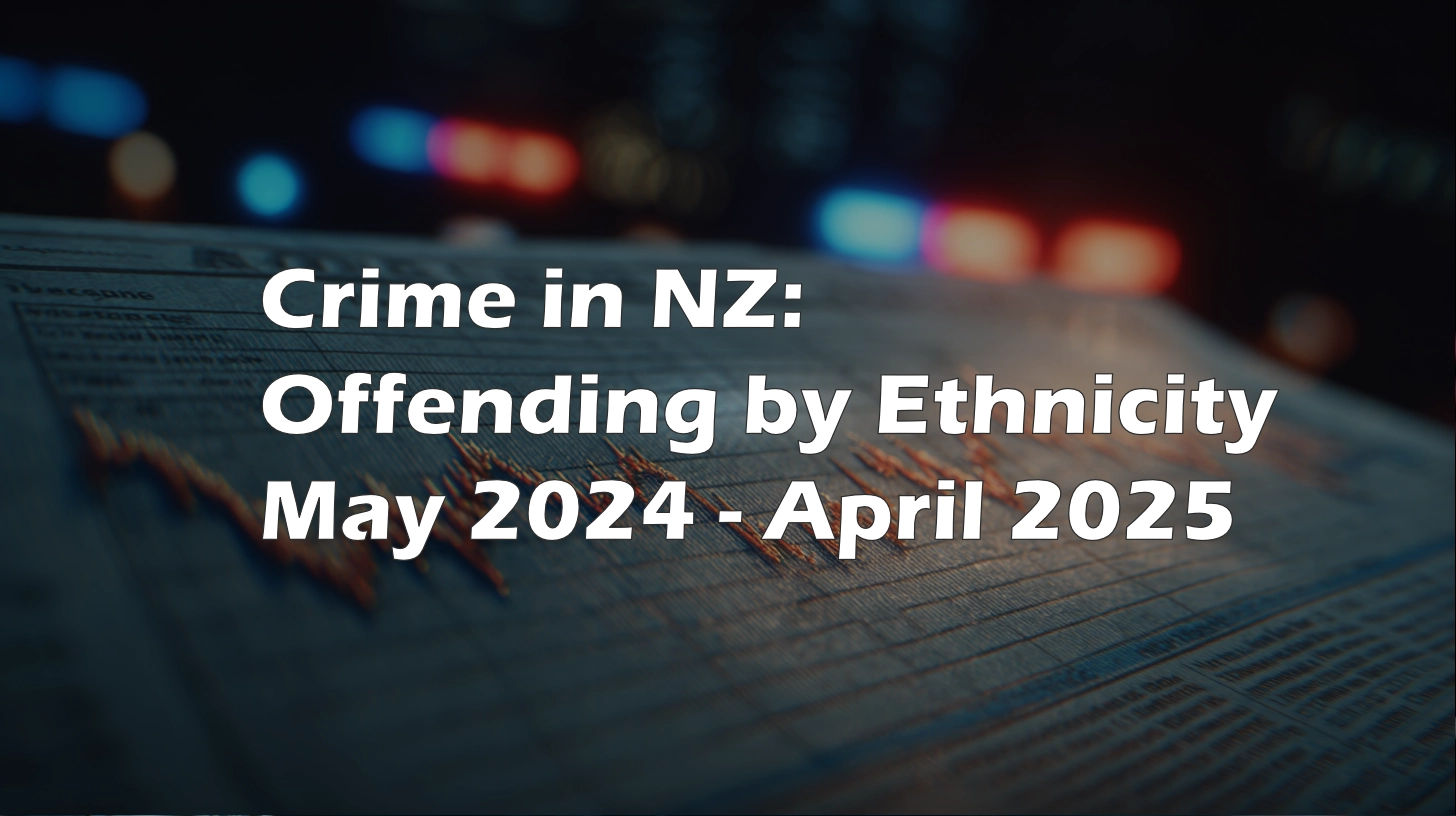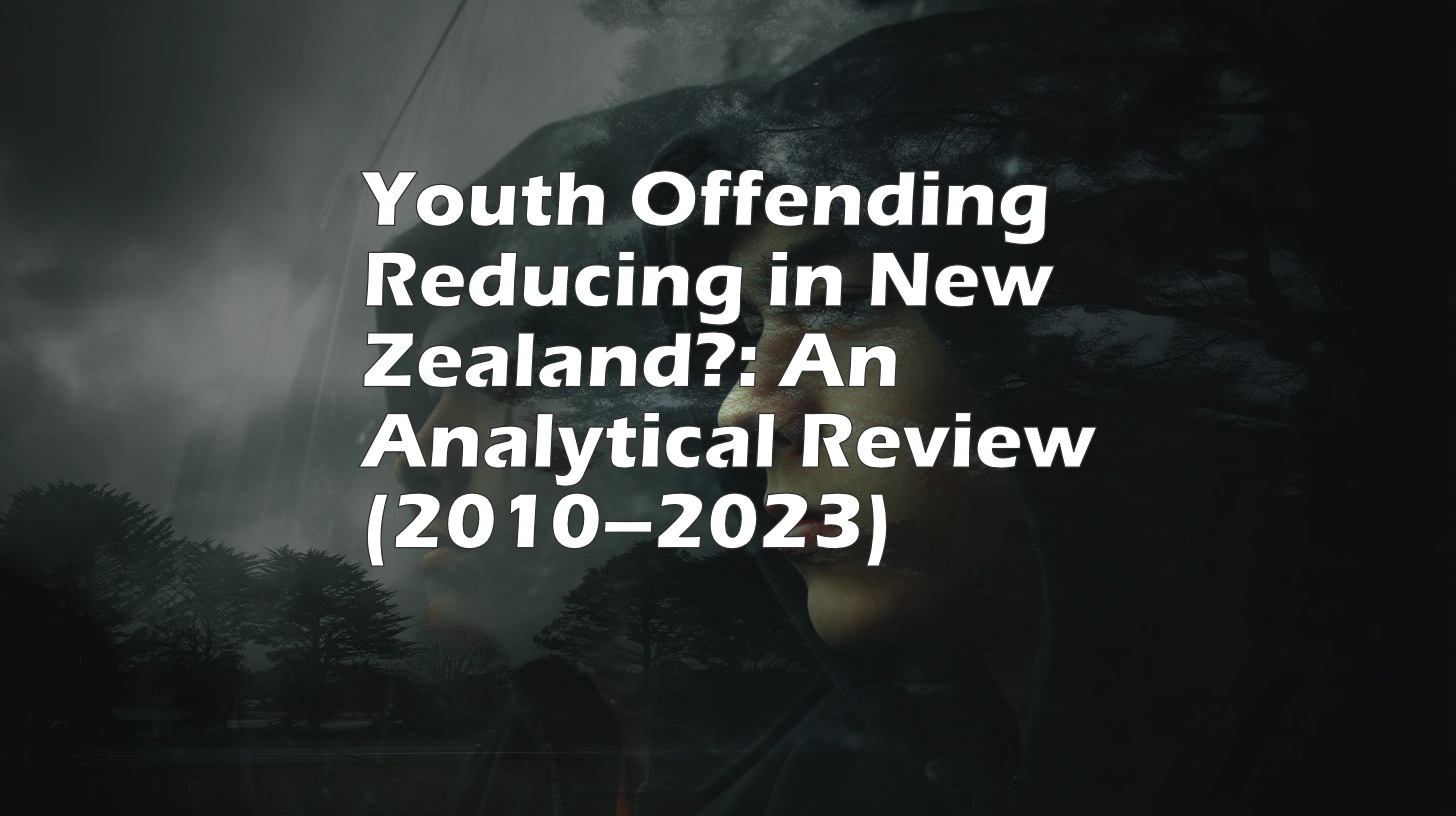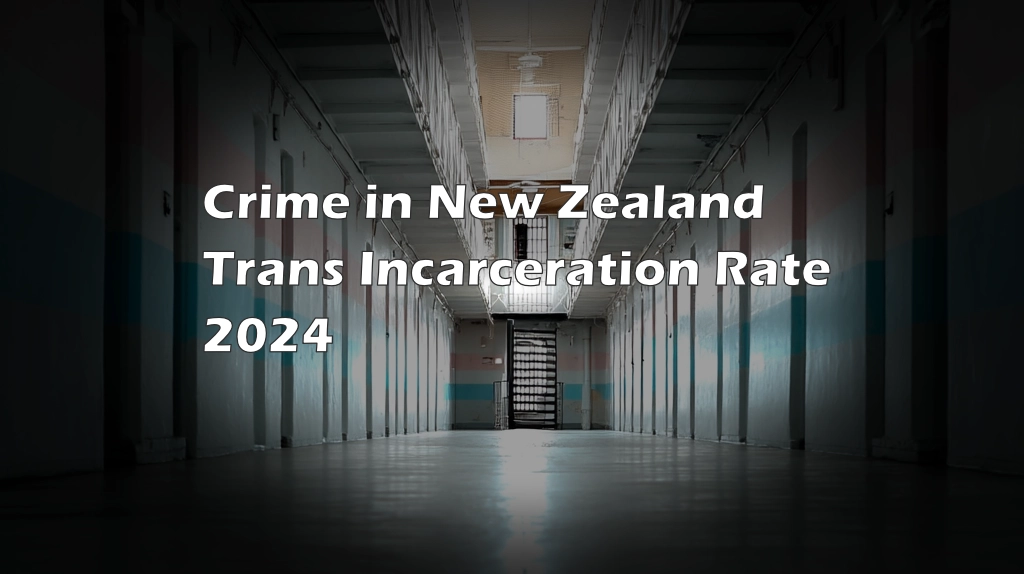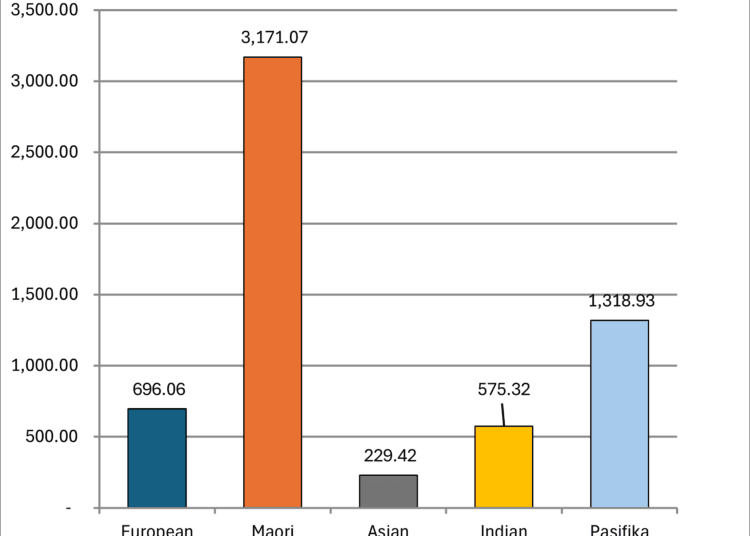Terminology
“Transwoman”/Trans-identifying Male/transgender woman = Born male. Identifies as female.
Department of Corrections Data (2024)
In 2024, the advocacy group Speak Up for Women (SUFW) submitted an OIA request to the Department of Corrections, seeking data on trans-identifying males—defined as biological males who identify as women—in custody. The Department’s response included the following:
- An average of 86 trans-identifying males served a custodial sentence or were remanded in custody each year over the past five years.
- Approximately 35 trans-identifying males are in custody at any given time.
- About 14% of these individuals were charged with or sentenced for sexual assault.
- Approximately 14% of trans-identifying males are housed in female corrections facilities.
SUFW compared these figures to the general prison population, suggesting that trans-identifying males are overrepresented in prisons relative to their estimated population size.
While we do not have specific data available on the percentage of men and women compared to the total prisoner population who are incarcerated for sexual offenses, the Justice Data for Convictions tells us that there were:
- 11 women convicted of a sexual assault type crime – 1.9% of female prison population
- 1010 men convicted of a sexual assault type crime – 11% of male prisoner population.
Naturally, those numbers would be somewhat higher for “currently incarcerated” but that data is not available.
Census Data on Trans-Identified Males (2024)
According to the 2023 New Zealand Census, approximately 5,736 individuals identified as “transgender women”—that is, people born male who identify as female. This figure represents about 0.1% of the adult population aged 15 and over who provided information on gender identity.
The census also reported a total of 26,097 people identifying as “transgender”, including:
- 5,013 transgender men (born female, claim to be male)
- 5,736 trans-identifying women (born male, claim to be female)
- 15,348 individuals “identifying as another gender”
These statistics are based on self-reported data from individuals who chose to disclose their “gender identity” in the census. While this provides valuable insight, it’s important to note that the actual numbers may vary due to factors like non-disclosure or differing interpretations of gender identity.
Population Breakdown (Estimated from Census 2023 Proportions)
Assuming a population of the team of 5,000,000:
- Normal males (~47.7%):
≈ 2,385,000 - Normal females (~51.6%):
≈ 2,580,000 - Trans-identifying males (transgender women):
≈ 5,736 (per Census data)
Prison Population Snapshot (approximate, Dec 2023)
- Total prisoners: ~9,115
- Normal males: ~8,550
- Normal females: ~565
- Trans-identifying males in custody: ~35
Incarceration Rates per 100,000 People
- Normal males:
8,550/2,385,000×100,000 ≈ 358 per 100,000 - Normal females:
565/2,580,000×100,000 ≈ 22 per 100,000 - Trans-identifying males:
35/5,736×100,000 ≈ 610 per 100,000
Interpretation
- Trans-identifying males appear to have a higher incarceration rate (≈610 per 100,000) than normal males (≈358) and significantly higher than normal females (≈22).
- This makes Trans-identifying males imprisoned at 1.7x the rate of normal men, and a staggering 17.4x the rate of actual women.
- This analysis is based on limited and approximate data—especially regarding the number of trans-identifying males in custody and in the general population.
- Small population sizes (like the 5736 trans-identified males) can significantly skew per-capita comparisons.
Official Crime Statistics – Victimisations Published / Offences Unpublished
The New Zealand Ministry of Justice and New Zealand Police do not routinely publish crime statistics disaggregated by gender identity.
While the Ministry’s New Zealand Crime and Victims Survey (NZCVS) includes data on victimisation among LGBTQ+ communities, it does not provide detailed information on offending rates by gender identity.
Similarly, the New Zealand Police have not released comprehensive data on charges or convictions involving transgender individuals. An OIA request in 2021 sought information on how charges like “Male assaults Female” apply to transgender individuals, but the response did not include specific statistics.
Community-Led Research
The “Counting Ourselves” survey, conducted in 2018 and 2022, provides insights into the health and wellbeing of trans and non-binary people in New Zealand. While the survey focuses on experiences of discrimination and victimisation, it does not collect data on offending rates.
Summary
In summary, while some data on transgender individuals in custody have been obtained through OIA requests, New Zealand lacks comprehensive official statistics on offending rates among transgender populations.
Limitations and Considerations
- These figures are based on specific OIA requests and Census responses and may not represent the entire transgender population.
- The data does not account for factors such as age distribution, socioeconomic status, or potential biases in reporting and recording.
- There is a lack of publicly available data on offending rates for transgender individuals beyond those identified in these specific OIA responses.
Please consider a donation to keep articles like this one coming.










